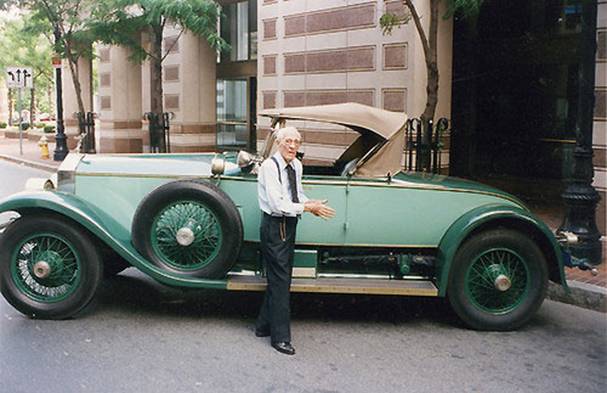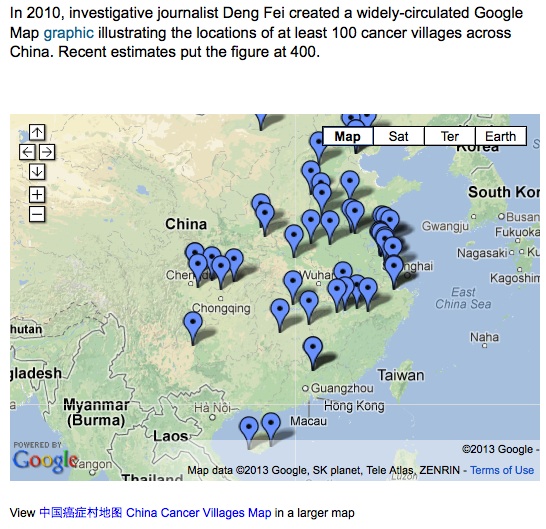“Where Do Old Cellphones Go to Die?”
Article in IHT/NYT by LEYLA ACAROGLU
Published: May 4, 2013
See the article: http://www.nytimes.com/2013/05/05/opinion/sunday/where-do-old-cellphones-go-to-die.html
“Americans replace their cellphones every 22 months, junking some 150 million old phones in 2010 alone. Ever wondered what happens to all these old phones? The answer isn’t pretty.”
Indeed, not pretty as I explain in my book Toxic capitalism. A lot of the e-waste ends up in China, with the dramatic impact on the health of the people involved in recycling, Chinese way, hence the “cancer villages”. The cover of my book shows the arrival yard of e-waste in a Beijing factory, one of the few that handles e-waste correctly.
I always try to buy “top of the line” electronics, so I can use them much longer than normally. I had a mobile that I used for at least five years (twice repaired). My old iMac, reaching ten years is still doing a good job for some of the software – even better than my now 3-year old MacBook Pro.
The article in the NYT also shows some frightening statistics about how many tons of e-waste is generated (computers, monitors, TV, printers and so on):

We should stop this madness.




